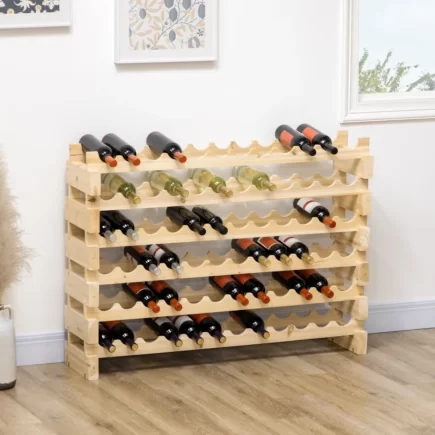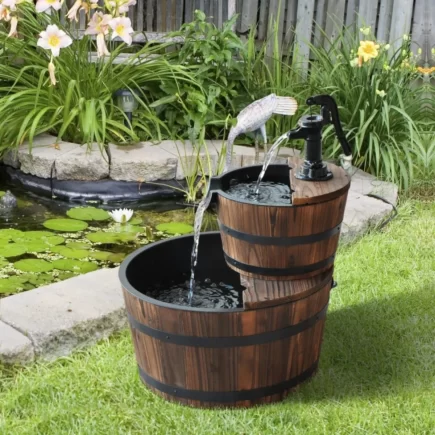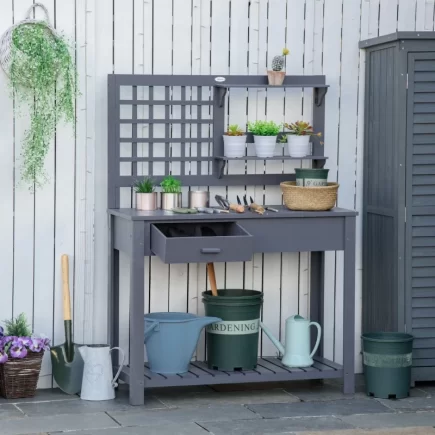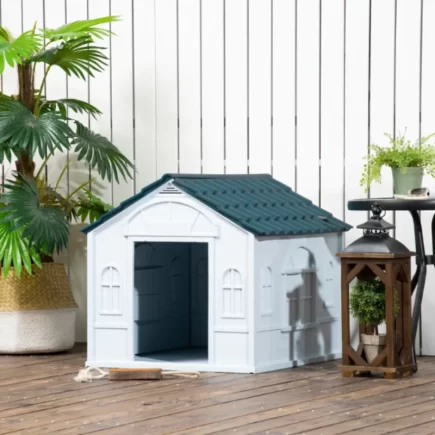
An outdoor stair railing not only provides the necessary support, particularly for young children, elderly family members, or individuals with mobility challenges, but it also helps define the aesthetic of your property. Installing a stair railing outdoors can not only transform the look of your property but also significantly improve safety. Whether you’re upgrading your current setup or adding a new railing, following the right steps ensures that you end up with a durable, functional, and aesthetically pleasing result.
Step-by-Step Guide to Installing Outdoor Stair Railings
Step 1: Gather Necessary Tools and Equipment
Before you start the installation, make sure you have the following tools and materials:

- Wrench: For tightening screws and nuts.
- Expansion Screws: For securing the railing to concrete or other hard surfaces.
- Self-Tapping Screws: For installation on wooden or metal surfaces.
- Screw Nuts and Decorative Caps: For finishing touches and securing the posts.
- Drill and Drill Bits: For creating holes in the surface to attach the railing.
- Measuring Tape: To accurately mark the placement of posts.
- Level: To ensure the railing is installed evenly and properly aligned.
- Pencil or Marker: To mark the drilling spots.
- Rubber Mallet (Optional): To gently tap in any parts without damaging the surface.
Step 2: Decide on the Installation Location
Before drilling or installing anything, choose the exact location where you want the railing to go. This will largely depend on the steps’ structure, how many steps you have, and the width of the stairway.
- Measure the Stair Height: Ensure that the height doesn’t exceed the 16.9” maximum for this handrail kit.
- Mark the Locations: Using a measuring tape, mark the spot where the handrail posts will be installed, ideally at equal distances on either side of the stairs for a balanced appearance.
Step 3: Drill Holes in the Surface

The next step involves drilling holes into the surface where the posts will be anchored. The surface could be made of concrete, wood, or metal, depending on your stairs. Here’s what you need to do:
For Metal and Wood
- For wooden or metal stairs, use a regular drill with wood or metal drill bits.
- Drill pilot holes where you marked the locations for the posts.
- For wood, make sure the holes are large enough to fit the screws, but not too large that they can’t securely hold the posts.
For Concrete
- Use a hammer drill with a masonry drill bit to create the holes for the expansion screws.
- Drill holes at the marked locations on the surface, ensuring they are deep enough to accommodate the expansion screws.
Step 4: Attach the Posts to the Surface
Once the holes are drilled, it’s time to secure the posts in place. Follow these steps:
For Metal and Wood
- Place the post over the drilled holes, and use self-tapping screws to secure it into place.
- Tighten the screws with a wrench, ensuring that the post is aligned properly and is not wobbly.
- Again, use a level to make sure the post is vertical.
For Concrete
- Insert the expansion screws into the holes you drilled.
- Align the post with the drilled holes, and secure it with the expansion screws.
- Tighten each screw using a wrench until the post is firmly in place.
Step 5: Attach the Handrail to the Posts

Now that the posts are secure, it’s time to attach the handrail. This part is straightforward:
- Align the handrail with the top of the installed posts.
- Use the provided brackets to attach the handrail to the posts. The kit typically comes with mounting brackets that secure the handrail to the posts.
- Insert the screws and tighten them using a wrench. Make sure the handrail is at a comfortable height (34-38 inches from the stair tread) and is securely attached to the posts.
Step 6: Apply Weatherproofing
To protect your new outdoor stair railing from the elements and extend its life, consider applying a protective weatherproofing layer. For metal railings, you might want to apply a rust-resistant spray or powder coating. For wood, a sealant or protective varnish will keep the material from deteriorating over time.
Mistakes to Avoid When Installing Outdoor Stair Railing

Installing your outdoor stair railing can seem straightforward, but several pitfalls can turn your weekend project into a costly headache. To ensure a smooth, safe installation, avoid these common mistakes:
- Rushing measurements can lead to uneven posts and a wobbly railing. Measure twice and use a level for accuracy.
- Ignoring codes can result in fines or unsafe railings. Always check height, spacing, and grip regulations in your area.
- Tighten screws just enough, too tight can strip threads, too loose makes the railing unstable.
- Make sure to use the right drill bits for the material you’re working with: wood, metal, or concrete.
- Protect wood and metal with sealant or rust-resistant coatings to avoid wear and tear from the elements.
DIY vs. Professional Installation Costs
- DIY Installation: Material costs generally range between $150 and $250, depending on the type of material and the length of the stairs.
- Professional Installation: Professional services can cost several hundred dollars, depending on the complexity of the job and location.
Transform Your Outdoor Space
Installing an outdoor stair railing is a rewarding project that enhances both the safety and appearance of your outdoor space. By following the right steps, choosing the right materials, and adhering to building codes, you can ensure that your railing is not only functional but also a stylish addition to your home. Whether you choose to DIY or hire a professional, this simple upgrade can provide years of use and protection.
FAQs
1. Which Type of Stair Railing Is Best?
The best stair railing material depends on your environment and desired aesthetic. For a sleek, modern or industrial look, metals like steel, aluminum, and wrought iron are durable and commonly used, especially in commercial or outdoor settings.
2. How do I ensure the railing is secure and meets code?
To ensure a secure, code-compliant railing, check for structural integrity, tighten fasteners, and verify post spacing. Consult local codes and seek professional help if needed for safety and code adherence.
3. How do I replace an old or damaged stair railing?
To replace a damaged stair railing, remove the old one by detaching screws or bolts, then clean the area. Measure, cut, and prepare the new railing before securing it in place. Follow local code requirements for height and spacing, and consider professional help for complex installations.





























